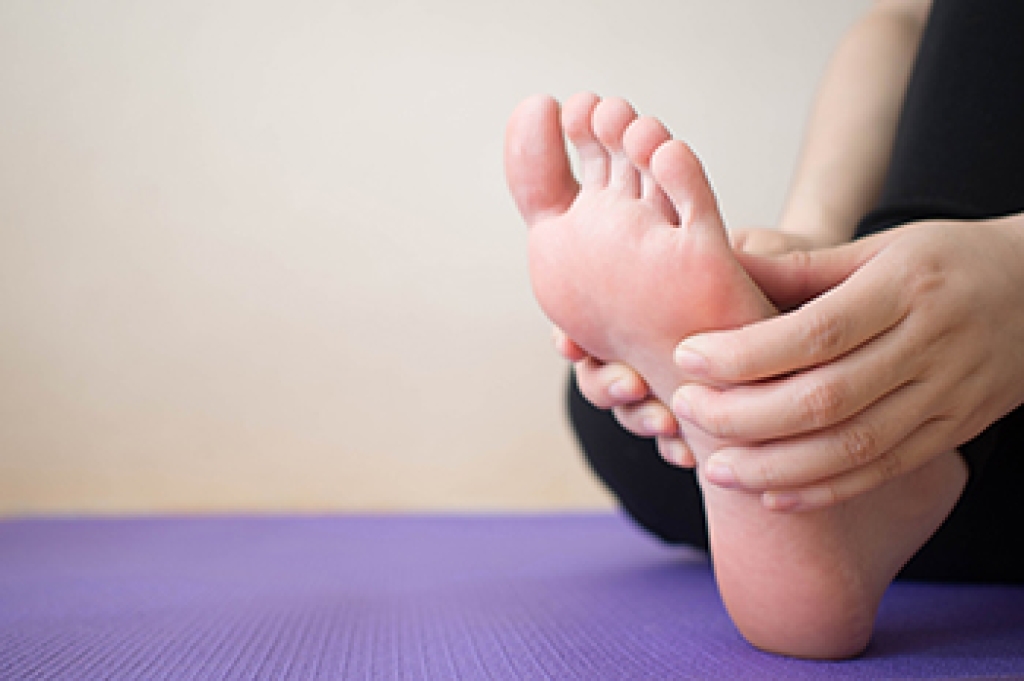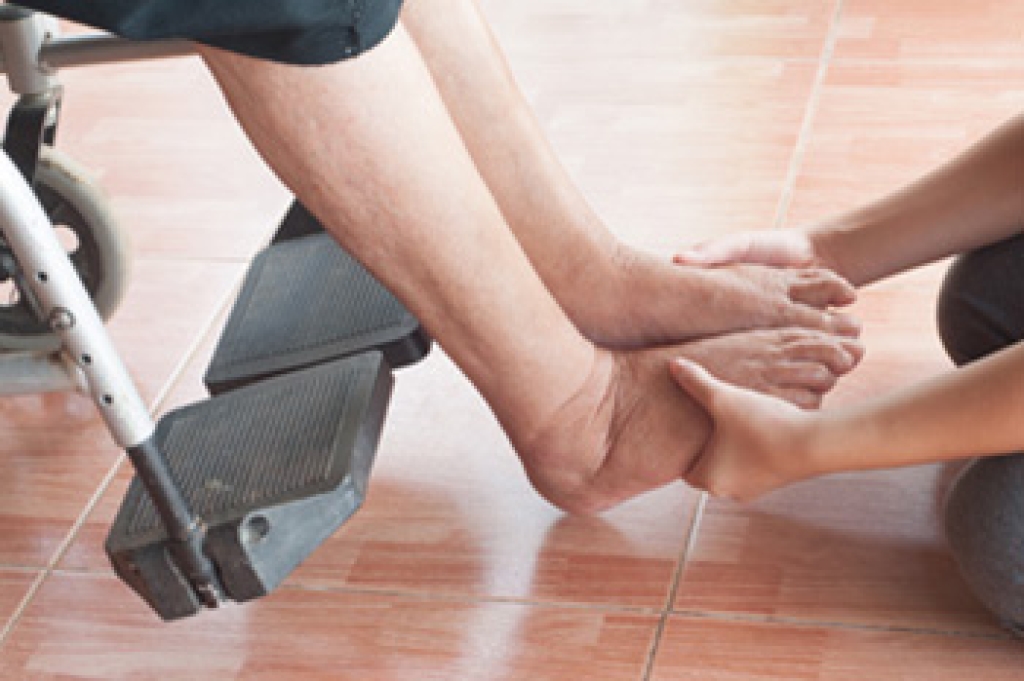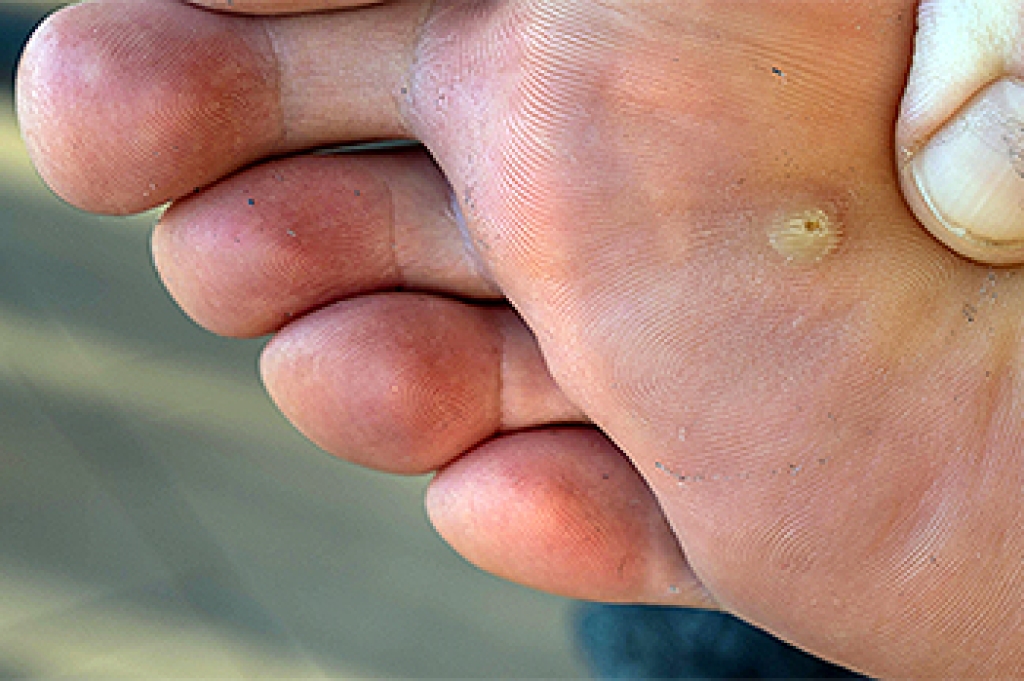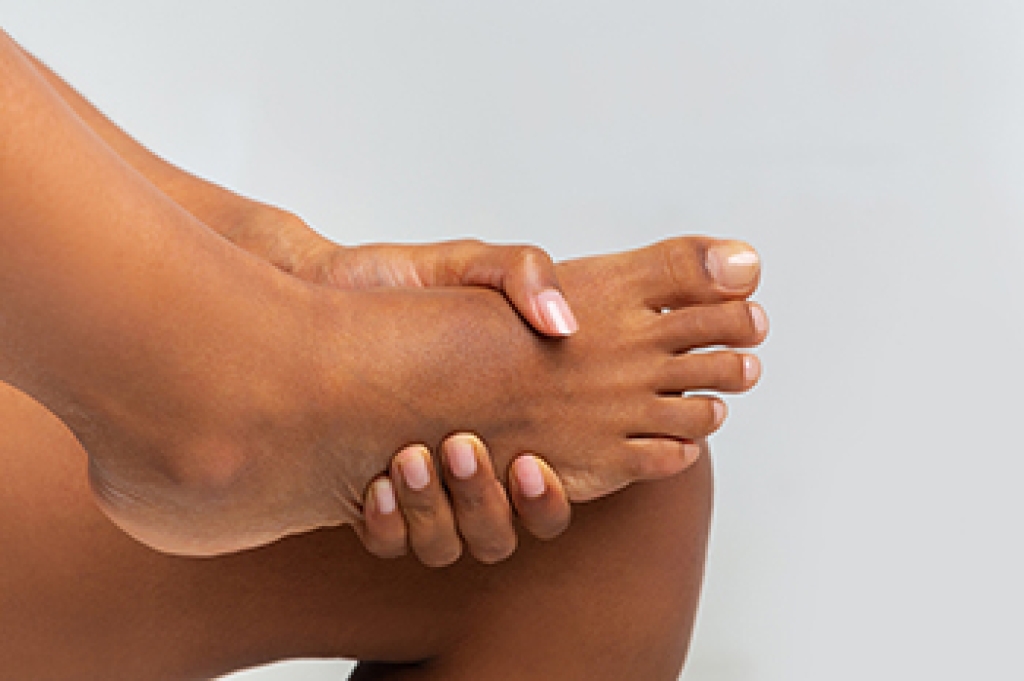
Charcot-Marie-Tooth, or CMT disease, a hereditary neurological disorder, affects the peripheral nerves that control muscle movement. This condition is characterized by a gradual degeneration of the nerves, leading to muscle weakness, particularly in the extremities. Symptoms may include muscle atrophy, difficulty with balance and coordination, and a progressive loss of sensation in the feet. As the disease advances, individuals with CMT may experience foot deformities, such as high arches or hammertoes. These structural changes can contribute to difficulties with walking and maintaining a stable gait. Although the severity of symptoms varies, early diagnosis is vital for managing the progression of the disease and implementing interventions. If you have symptoms of CMT, it is suggested that you are under the care of a podiatrist, who can help you to effectively manage this condition.
Some foot conditions may require additional professional care. If you have any concerns, contact one of our podiatrists of Complete Foot & Ankle Specialists, LLC. our doctors can provide the care you need to keep you pain-free and on your feet.
Rare Foot Conditions
The majority of foot conditions are common and can be treated by a podiatrist. Standard diagnostic procedures are generally used to identify specific conditions and treatment can be rendered. A podiatrist also treats rare foot conditions which can be difficult to diagnose and may need extra attention and care.
There are many rare foot conditions that can affect children. Some of these can include:
- Freiberg’s disease
- Kohler’s disease
- Maffucci syndrome
Freiberg’s disease - This can be seen as a deterioration and flattening of a metatarsal bone that exists in the ball of the foot. It typically affects pre-teen and teenage girls, but can affect anyone at any age. Symptoms that can accompany this can be swelling, stiffness, and the patient may limp.
Kohler’s disease - This often targets the bone in the arch of the foot and affects younger boys. It can lead to an interruption of the blood supply which ultimately can lead to bone deterioration. The patient may limp or experience tenderness, swelling, and redness.
Maffucci syndrome - This affects the long bones in a child’s foot leading to the development of abnormal bone lesions. They are benign growths and typically develop in early childhood and the bones may be susceptible to breaking.
A podiatrist can properly diagnose and treat all types of rare foot conditions. If your child is affected by any of these symptoms or conditions, please don’t hesitate to call our office so the correct treatment method can begin.
If you have any questions, please feel free to contact our offices located in Bellefontaine, OH and Springfield, OH . We offer the newest diagnostic and treatment technologies for all your foot care needs.




